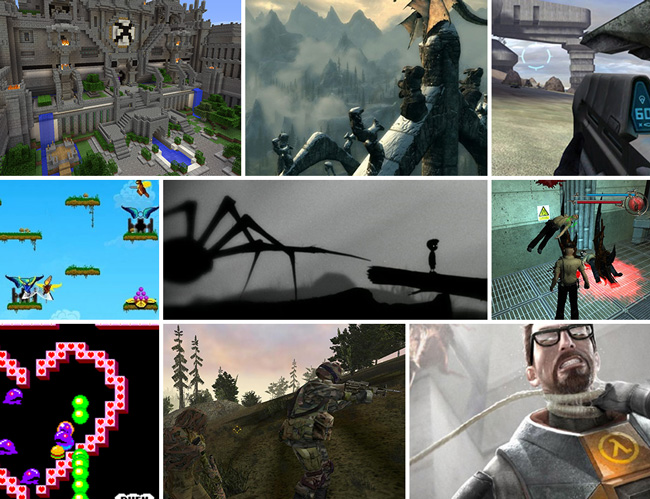Albert Einstein once said that “play is the highest form of research.” When young, our childhood curiosity drives us. If lucky, it stays with us, nurturing a passion into a career. With people in the tech industry, this “research” often starts with an item, a gadget. We asked a number of industry execs, engineers and visionaries to share the pieces of tech that inspired them to “play” and eventually develop their interests into expertise. From their first Walkman or a bad-ass amplifier, to a reel-to-reel tape recorder or exquisitely designed soup bowl, these items are the gateway into an influential lifetime in tech.
Oliver Kaltner, CEO at Leica Camera AG
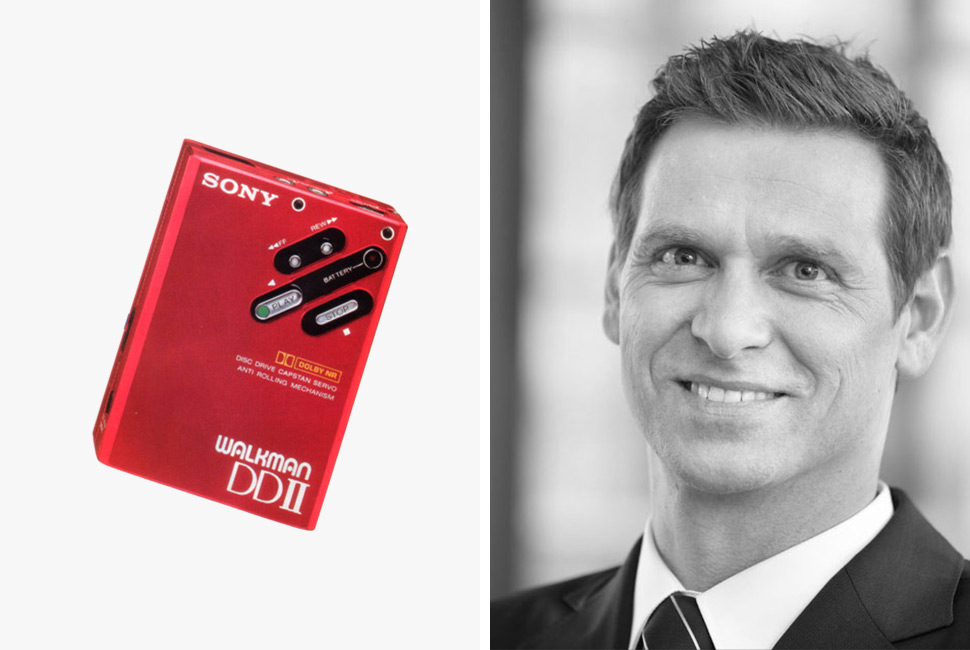
Tech gadgets enrich my whole life. Cameras, audio devices, game consoles, smartphones. One that really stands out was my Sony Walkman DD-II. It had this incredibly nice design and pure audio quality. As someone who is very inspired and enthusiastic about music this gadget always pops up when I reflect on the best times in my life.
In 1984, U2 launched one of the best albums of the band: The Unforgettable Fire. I remember that I had been on a school trip. I was really a kind of hero at that time because of the album and the fact that I had the Sony DD-II in red, with a metallic glance in my hand.
Mirek Stiles, Head of Audio Products at Abbey Road Studios
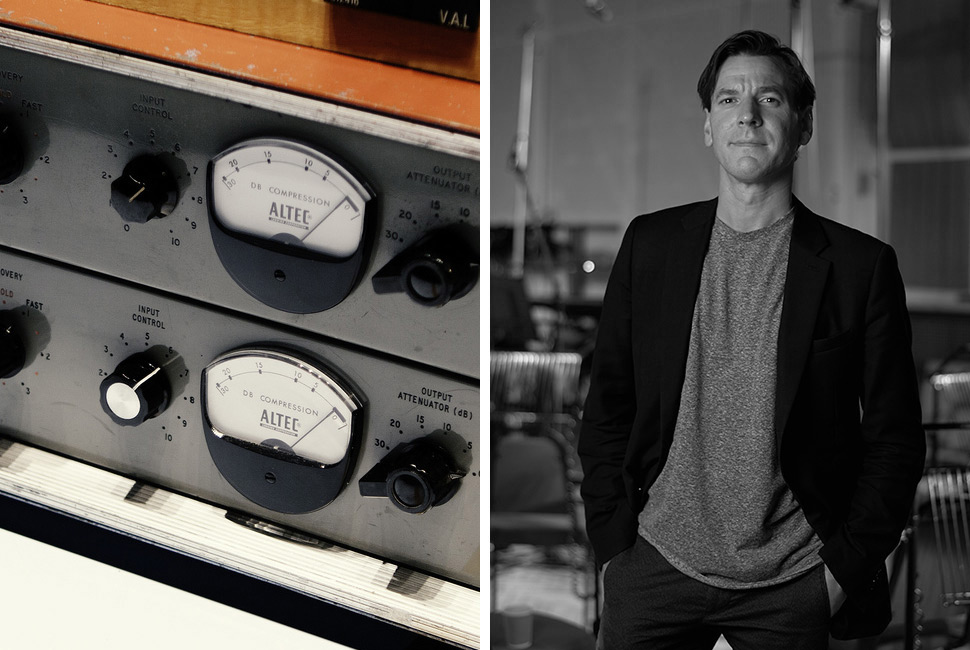
I started working in the studios at Abbey Road as an assistant engineer in 1998. Over my 10 or so years in the studios before joining the management team I was lucky enough to work on some great projects including the Lord of the Rings Trilogy, the Beatles and John Lennon remixes, Muse, Mick Jagger and Kanye West. During many an engineer discussion over a few beers in the Abbey Road bar, two pieces of technology would often pop up in conversation – ADT and the RS124. Little did I know this legendary, almost mythical process and recording equipment from the 1960s would become a big part of my career at the studios.
The RS124 Compressor was “the” secret weapon of the Beatles. The compressor was brought in from America to be used as an automatic volume-control device. Finding it not quite up to their high standards, the technical engineers at Abbey Road redesigned it. The new design was called the EMI RS124. Just a few dozen were made, and only a very small number survive today. After years of storage at Abbey Road, they were eventually revived and brought back into daily use. Modern engineers and producers rediscovered its special sonic qualities and declared the 1959 design to be as good as (or even better than) any contemporary recording equipment.
Whilst working with producer Jon Brion on a Fiona Apple record, Jon managed to befriend legendary Abbey Road microphone technician Lester Smith. Lester told Jon he had found three RS124s in the back of a dusty old cupboard. He didn’t know if they worked, but would open them up and have a play. The next day Lester entered the studio with one of the units and, although a little noisy, he managed to get the unit up and running in full working order. Jon jumped at the chance to try it out and immediately put a bass guitar through the unit – the same recording chain Paul McCartney used on almost all his Beatles recordings. I remember all of us just looking at each other and saying, that’s the sound — the sound that no one had used on a recording since the early ‘70s. The exact secret of what went on inside those units was kept a secret until we started working with a really talented hardware designer called Wade Goeke. His company Chandler Limited re-created the first-ever true Abbey Road RS124 compressor, allowing modern music makers all over the world access to its beautiful sonic qualities.
Simon Matthews, Group Director of Design at Naim Audio
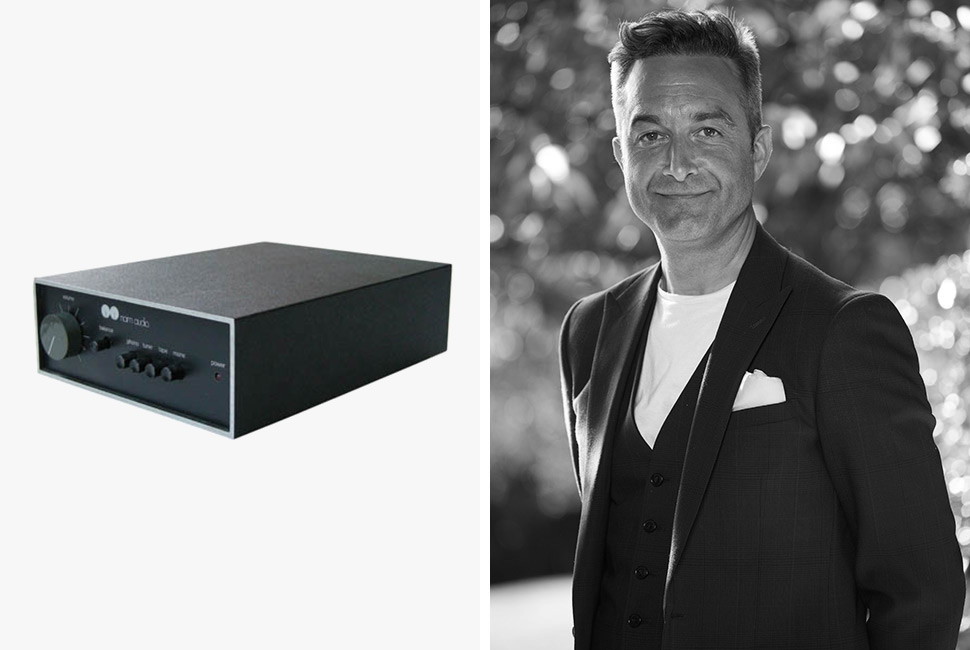
I grew up in a small town as the youngest of four sons and spent a childhood listening to my older and cooler brothers cranking up their favorite bands of the day on their hi-fi’s, the muffled sounds seeping through my bedroom walls. I guess the potency and escape of music was hardwired into my DNA at an early age. So the idea of my own stereo formed in my mind and I was determined to plan my own musical “escape.” My brother had just upgraded his stereo and I was amazed at how the improved quality transformed the experience. I wanted a piece of the action.
So when I finally got out of my parents’ home and went to university, I spent the whole summer before leaving putting up wedding marquees to collect some hard-earned cash. Did I spend it on helping my dad with the fees? Hell no. I blew it all on a Naim Audio Nait Amplifier. It was back in 1989, and it remains today a true icon in the world of audio amplifiers. And its purchase was the best money I ever spent. It seemed much more to me than a black box of wires and components. Instead it became an emotional time machine capable of transporting me to the magic moments when my favorite artists laid their souls bare in the recording studio. It also gave me a huge advantage when it came to deciding whose room to bring the college parties back to! Music becomes so much more and offers up so much more when it’s delivered on a great system.
Hiromichi Ozawa, Engineering Manager at Audio-Technica Corporation, Headphone Division (Japan)
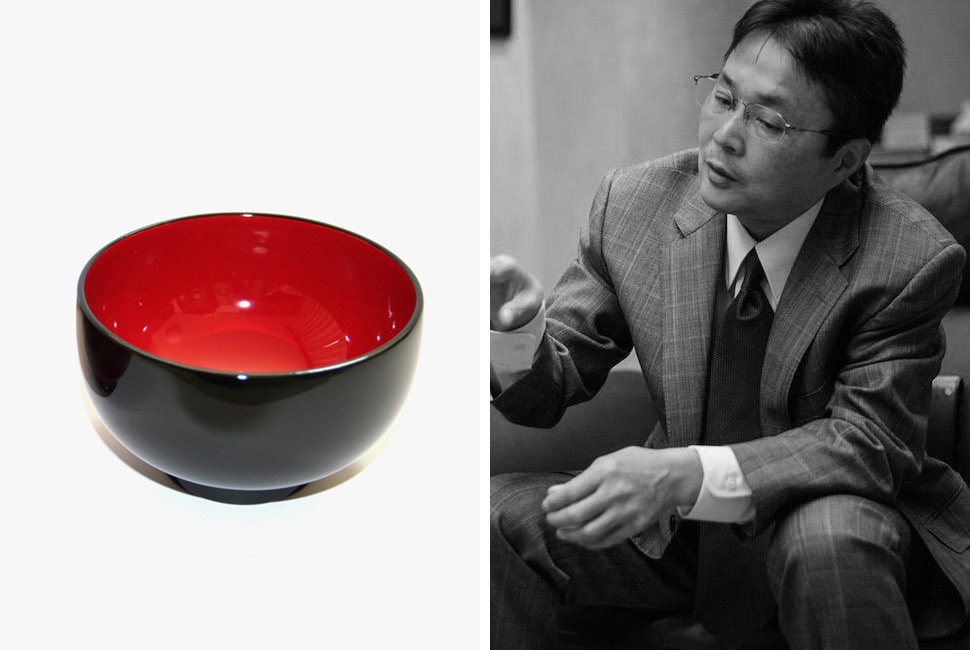
I am greatly inspired by traditional Japanese craftsmanship, artistry that has been passed down from generation to generation and that informs a significant part of the Audio-Technica identity. I see evidence of a similar tradition in Western companies like Mercedes-Benz (particularly their car designs from the 1980s) and household appliance manufacturer Miele – both seem to rely on a traditional understanding of craftsmanship to fashion raw materials into cutting-edge products with an age-old quality. I find that very inspiring.
Often when using a pair of our high-end headphones, I’m reminded of those exquisitely crafted miso soup bowls with the urushi lacquer. The bowls actually affect the taste of the soup, bringing out the full character of its flavor. We strive for a similar effect when creating our headphones – we want the design and materials used to make music sound as good as it possibly can.
Justin Norvell, Senior Vice President, Category (Electric Guitars and Basses) at Fender
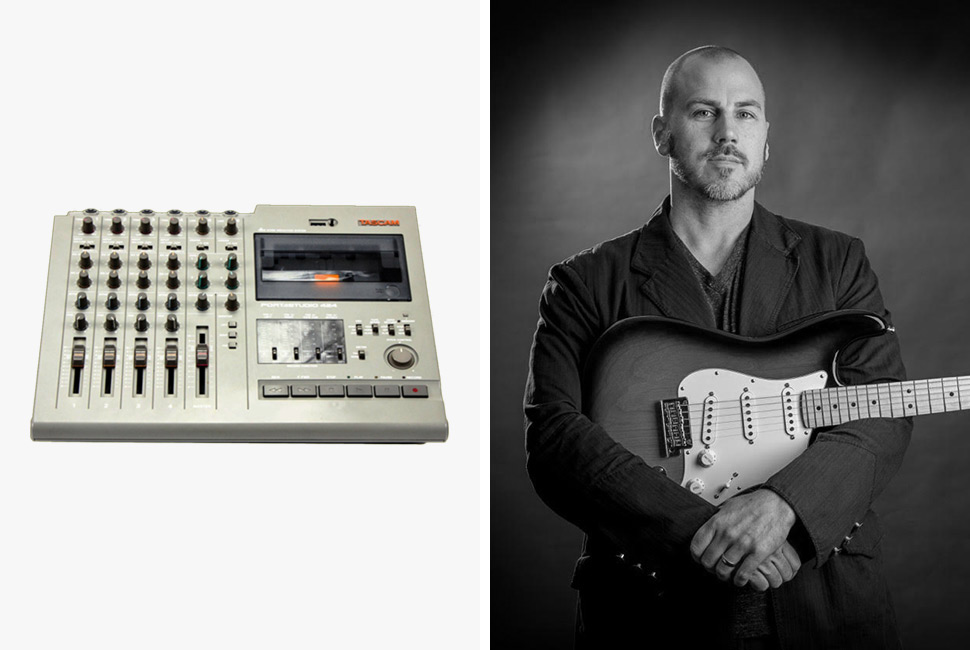
Behold — the Tascam Portastudio 424 (Mark I)! Buttons, knobs, and sliders aplenty, the dated institutional gray plastic shell, cassettes… what’s not to love? It’s total analog old-school tech — perfect in all of its imperfections.
I was a musician for years playing along with my favorite albums and playing in bands, but this four-track is the machine that opened up my view of my trusty Black Fender Stratocaster as a compositional instrument, where I could add layer upon layer, building orchestral arrangements — melodies, harmonies and disparate sounds. I could have an idea, and rather than soon forgetting it, I could empty out my head, incubating and building up concepts around ideas that could be arranged, archived and revisited.
Sure, there were shortcomings — tape hiss, noise and other issues — but it was a vibe that helped fuel the lo-fi movement of the 1990s. For me, I was pretty quick to jump to better equipment as it became available — digital recording “in the box,” which offered unlimited tracks, more sounds and effects, etc. But the early time spent with just the four-track, my Strat and my headphones attuned and trained my ears to what makes for a quality sound, which instruments complement each other and occupy which parts of the sonic bandwidth, all of which are things that have served me well in my career at Fender, which involves the same critical listening in order to design and voice our latest guitars and basses.
I can clearly remember being locked away in my own world, writing my first songs, and the excitement I felt when I recorded several different parts that locked together perfectly, becoming greater than the sum of their parts — which is when I went from being a guitar player into a songwriter and composer. As with most musicians, gear is bought and sold over the years, and equipment comes and goes — but this piece is sentimental enough to me that I still have it. And with the recent cassette revival, my 15-year-old son has co-opted it into his music-making setup!
Kirk Hawkins, CEO and Founder of ICON Aircraft
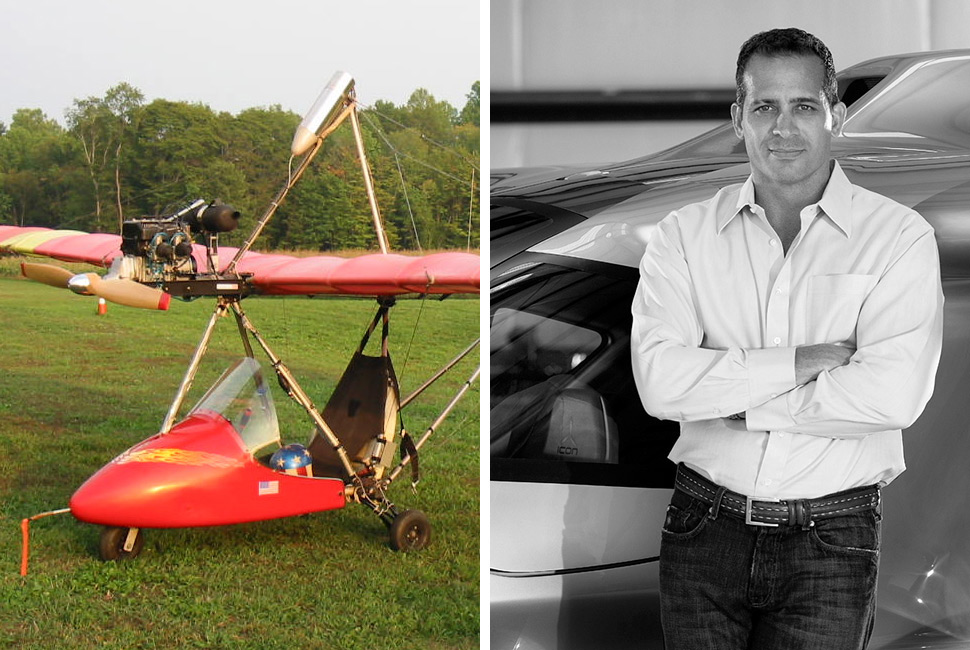
If you consider an airplane to be technology, then it was the airplane itself that inspired me. Moreover, it was really the emotional experience of flying and the unbelievably rewarding sense of freedom and adventure it offered. I don’t mean the flying that is riding in an aluminum tube of an airliner. I mean the true sense of flying, like in your dreams: when you’re up front, in control, and with a front-row IMAX view as you experience this amazing planet in three dimensions on your own terms. It can become an almost spiritual experience. And it explains why, if you ever talk to pilots, there is often an inexplicable spark in their eye when they discuss flying. The real inspiration behind ICON was to make that experience available to many more people.
I had a very modest upbringing in the deep South and was the first in my family to finish high school. But I was a science and engineering nerd who was fascinated with all things air and space. I was also an outdoor and powersports enthusiast who was most at home exploring the planet with my friends. When in college I had very little money, but worked during one summer and bought a wrecked, one-seat ultralight aircraft for $1,700 — it was called a Phantom I. I rebuilt it in a friend’s garage and had my very first flying machine. It was the proverbial lawn chair with wings with a motor, which you literally pull-started like a lawn mower, as well. I referred to it as my aerial dirt bike and would fly it around the cornfields in the south. It was awesome. It was the closest to a magic carpet I had ever experienced, and I had the time of my life. Fast-forward 25 years and the A5 was built from that inspiration and experience — but far, far safer and easier to operate.
Hoby Darling, Former CEO at Skullcandy
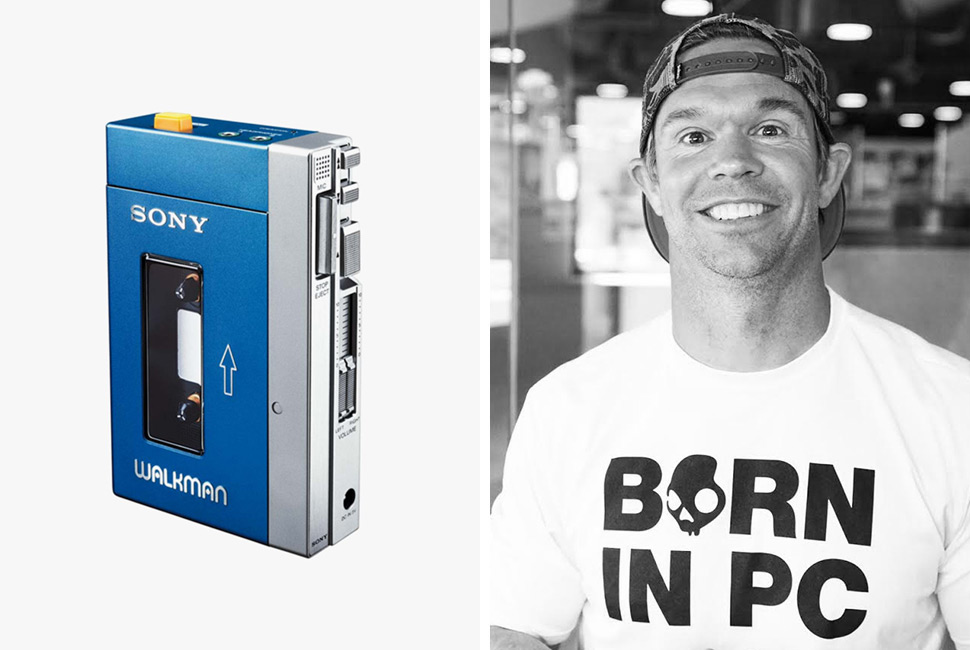
Growing up loving sports, being in the outdoors and just doing crazy stuff attracted me to any tech that enabled me to push boundaries. Whether that was a new snowboard shape, the first Sony Walkman that made running more fun with music, or a new cushioning platform in shoes, if it made doing things I loved more fun and allowed me to push harder, I was hooked. For me, it was always the fun of trying something new when I believed it might help me jump higher, run faster or do something I could not do the day before. Music can definitely inspire those kinds of transcendent moments, so when I walk through the door every morning at Skullcandy, I get excited knowing I’m in a position to bring similar experiences to others.
The upgrade I remember, more than any other gadget, was graduating from one of the first K2 snowboards with almost no cut or camber (where you would just chatter across the snow) to getting a new board that made a big powder day feel like you were gliding across the frozen wave. I was at Mission Ridge, my home mountain growing up where there was 15-20 inches of new powder — it was just magic. I still wake up sometimes with that feeling of excitement and it reminds me of chomping at the bit to get to the mountain with new gear. The new innovations completely changed how much I loved the sport.
Ross Howe, CEO of Nimble (Former VP of Marketing at mophie)
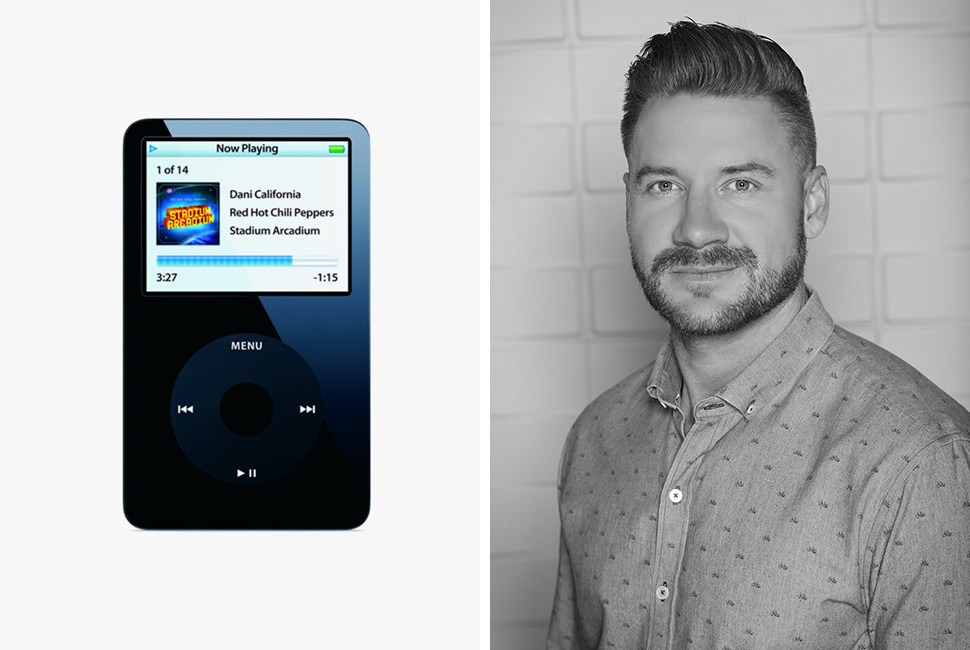
The 60GB iPod with color screen. Just prior to joining Mophie in 2006, I was using that thing more than any other device besides my cellphone. Back then, Mophie co-founder Daniel Huang was introducing the idea that as mobile devices improved, and usage skyrocketed, battery life would be an issue. Because of my iPod obsession (along with the introduction of the iPhone months later), it became obvious. Knowing that, the decision to focus my energy on what mophie was doing at the time was a no-brainer. More than ten years later, not much has changed.
[It] wasn’t exactly the most “fond” memory, but considering the circumstances, I owed everything to my iPod on this day. Returning to Manhattan from a meeting in Connecticut, the train suddenly stalled as we were entering Harlem. While we helplessly waited to start moving again (three hours total), I tried to get some time-sensitive work finished. Then, for whatever reason, the passengers in the stalled train behind us were forced to de-board and file into our train. The volume was deafening. About to give up, I noticed the fully-charged iPod tucked inside my bag. Headphones went on. Work was finished before I reached my destination.Paul Jacobs, CEO of Klipsch Group, Inc.
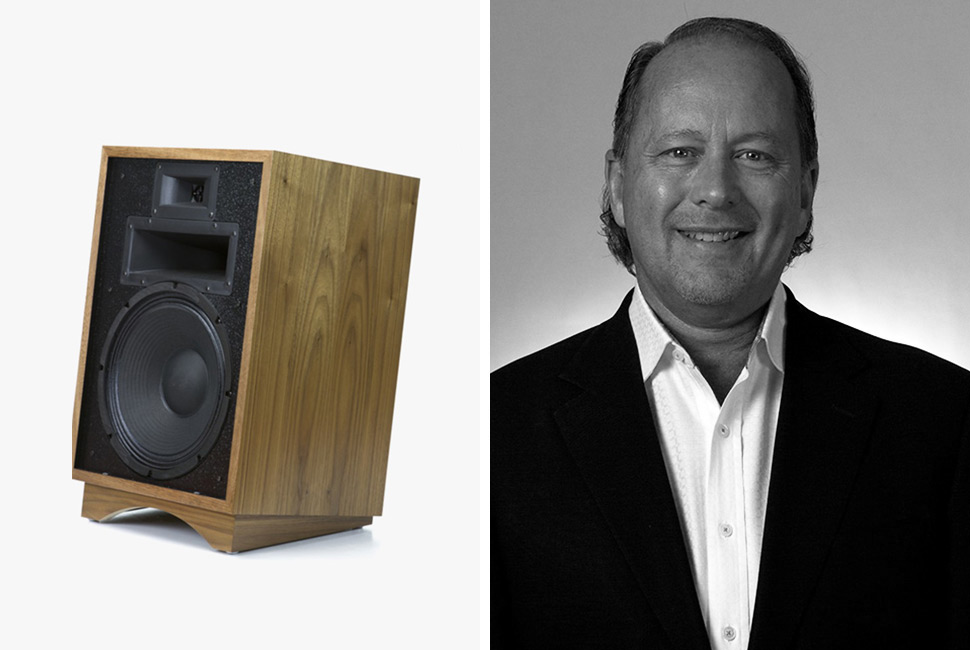
I always loved music and purchased my first full-blown hi-fi system when I was 13 years old. It consisted of Klipsch Heresy speakers (seriously!), a Sansui receiver, a Linn LP 12 turntable and an Akai reel-to-reel tape deck. At the same time, I also started playing in a band. From listening to bands that I found inspiring and crafting my own musical style, I came to understand what I wanted to do with my life and how my long-time passion could be a part of it. Over time, I learned about the extensive improvements that could be made in my hi-fi system and bass rig by upgrading cables, amps and speakers. It simply amazed me and I knew that I wanted to somehow make it my career. It truly never gets old, showing people how much better their music can sound with the right equipment.
I judged time by album sides back then. Nothing else mattered to me. It was a regular occurrence for me to sit all night long in my room with the lights out and listen to my new albums over and over again, just so I could talk to my friends about subtle lyrical changes or guitar riffs. My hi-fi system was essentially my childhood therapy!
What do Pac-Man, Halo, Limbo and Minecraft have in common? They all influenced some of gaming’s best and brightest. Read the Story


